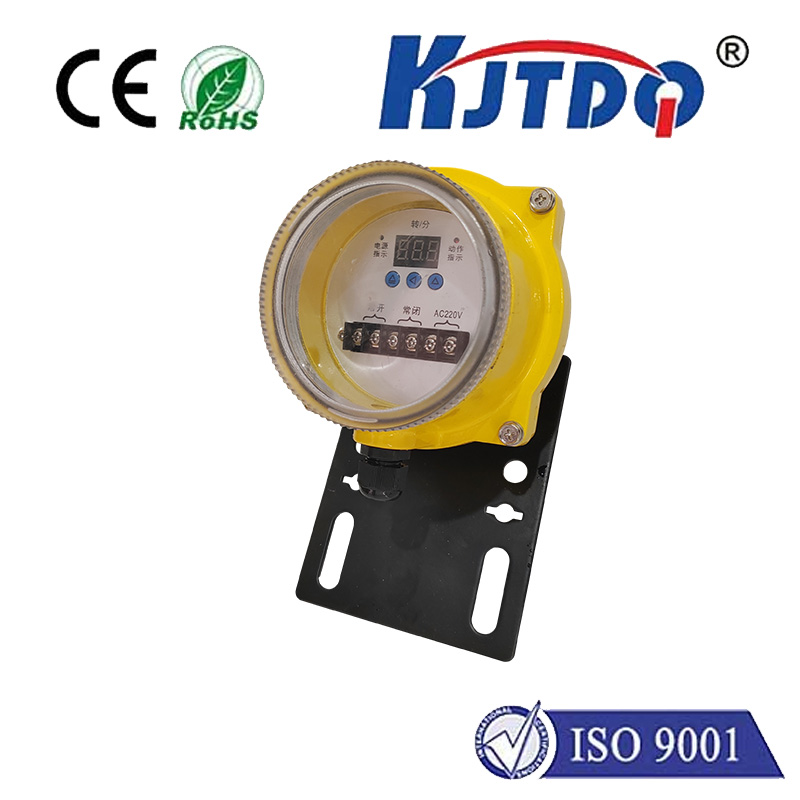

check

check

check

check
BIM-INT-Y1X-H1141: Unlocking the Power of Integrated Building Information Modeling in Modern Construction
Building Information Modeling (BIM) has revolutionized the construction industry by offering a comprehensive digital representation of buildings and their components. The title BIM-INT-Y1X-H1141 appears to be a specific reference to a project or system within the BIM framework, possibly related to integrated design and construction processes. This article explores the significance of BIM in modern construction, focusing on how integrated systems like BIM-INT-Y1X-H1141 enhance project efficiency, collaboration, and sustainability.
In the traditional construction industry, projects often suffer from inefficiencies due to fragmented data management, poor coordination between design and construction teams, and limited access to real-time information. The introduction of BIM has addressed these challenges by providing a single, unified model that integrates all aspects of a building—design, construction, operations, and maintenance. This integration ensures that all stakeholders have access to the same data, reducing errors, improving decision-making, and streamlining workflows.

The term BIM-INT likely refers to the Integrated Building Information Model, which represents not just the physical structure of a building but also its associated information, such as materials, costs, schedules, and performance data. This model is crucial for managing complex projects, especially in large-scale developments where multiple disciplines and contractors are involved. The Y1X-H1141 part of the title may denote a specific project identifier, such as a unique code or version number, indicating the project’s lifecycle or phase in the BIM process.
In the context of BIM-INT-Y1X-H1141, the integration of design, construction, and operational data enables a more holistic approach to project management. This system allows for real-time adjustments and simulations, ensuring that changes are implemented efficiently and with minimal disruption. For example, during the design phase, architects and engineers can collaborate on the same model, making adjustments that are immediately visible to all parties involved. During construction, contractors can access up-to-date information about materials, schedules, and potential conflicts, which helps in avoiding delays and cost overruns.
Moreover, the use of BIM-INT-Y1X-H1141 supports sustainability efforts by enabling better energy modeling and environmental impact assessments. By integrating data on energy consumption, material efficiency, and waste management, projects can be designed with a long-term environmental footprint in mind. This not only reduces the overall carbon footprint of a building but also enhances its performance and longevity.
As the construction industry continues to evolve, the adoption of integrated BIM systems like BIM-INT-Y1X-H1141 is becoming essential. These systems not only improve project outcomes but also contribute to a more collaborative and transparent work environment. By leveraging the power of BIM, stakeholders can make informed decisions, optimize resource usage, and ensure that projects are completed on time, within budget, and to the highest quality standards.
In summary, the integration of BIM-INT-Y1X-H1141 represents a significant advancement in modern construction. It offers a unified, data-driven approach to managing complex projects, enhancing collaboration, and driving sustainability. As the industry moves toward more intelligent and efficient practices, the role of BIM in shaping the future of construction becomes increasingly vital.









